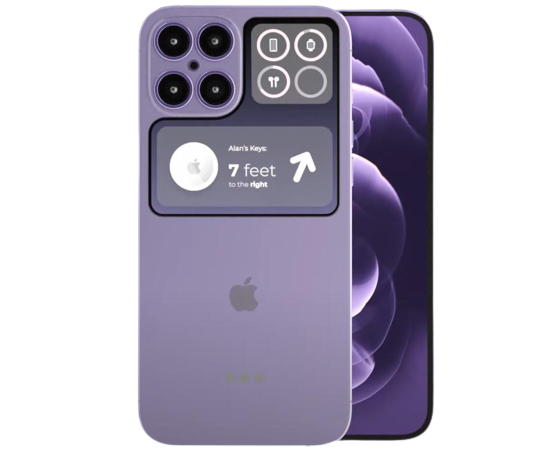The introduction of the iPhone 14 is most likely just around the corner, and as we get closer to it, the rumor mill has been churning frantically. I've been quite vocal about the key features I want to see on Apple's upcoming flagship phone, but I'm really eager to see the camera make some significant advancements.
Apple's phones have always had excellent cameras; the iPhone 13 Pro can capture images on par with those from professional cameras, and even the company's entry-level iPhone SE can capture stunning images while you're on vacation. However, the incredible camera systems in the Pixel 6 Pro and Samsung Galaxy S22 Ultra imply that Apple no longer holds the upper hand it once did.
So I've been thinking about how I'd revamp Apple's camera system for the iPhone 14 in an effort to keep it as the greatest camera phone available. Apple, pay attention.
iPhone 14 has a significantly larger picture sensor
Compared to those found in professional cameras like the Canon EOS R5, the image sensors within smartphones are minuscule. The less light that can reach the picture sensor, the worse it will be for photography because light is everything. Better-looking photographs, especially at night, result from more light being recorded, which is why pro cameras use sensors that are many times larger than those found in smartphones.
Why do phone cameras fall short in this area? because there is a limited amount of room in the pocket-sized phone body where the image sensors must fit. But there is undoubtedly some room for experimentation. It's not outlandish to dream for a considerably larger image sensor inside the iPhone 14. Phones like Sony's Xperia Pro-I and even 2015's Panasonic CM1 contain 1-inch camera sensors that can offer significantly increased dynamic range and low-light versatility.
Apple does incredible things with computational photography to get the most quality out of its small sensors, but the difference might be significant if the company combined those same software abilities with a large image sensor. Even while an APS-C size sensor, like those seen in many mirrorless cameras, could go even further than a 1-inch image sensor, I'd really like to see Apple go that route.
Okay, so maybe only the primary camera could get a size bump; otherwise, all three cameras would simply not fit into the phone. Or you could just use a single, enormous picture sensor and mount the lenses on a rear dial that rotates, allowing you to manually adjust the view angle to suit the situation. Being quite honest, that doesn't sound very Apple.
A zoom to lastly compete with Samsung
While I generally prefer the main camera on the iPhone 13 Pro to the secondary camera on the Galaxy S22 Ultra, there is one department where Samsung dominates: telephoto zoom. The S22 Ultra has up to 10x optical zoom, but the optical zoom on the iPhone is limited to 3.5x.
It also makes an incredible difference in the shots you can acquire. Instead of utilizing a wide lens and only capturing what is in front of you, zoom lenses allow you to discover all types of hidden compositions in a scene. Although the iPhone's zoom helps you attain these compositions in certain ways, it can't compete with the S22 Ultra in my opinion since they enable more artistic, more carefully thought-out photographs.
Therefore, a true zoom lens for the phone is required that relies on good optics rather than just digital cropping and sharpening, which always produces very muddy-looking images. At least two optical zoom settings should be available; 5x for portraiture and 10x for more detailed landscape shots. Instead of having to choose between two set zoom possibilities, it will instead allow for a continuous zoom between these levels to find the ideal composition.
Personally, I believe that 10x is the highest Apple could go. Although Samsung claims that their phone can magnify up to 100 times, the truth is that the majority of these images are digitally cropped, and the results are subpar. Large and equivalent to carrying a 24-240mm lens for your DSLR, 10x is equivalent to having enough zoom for both wildlife photography and wide-angle landscape photography. Ideal.
Built-in pro video controls for the default camera app
However, the camera app itself is still quite simple, with the only real video settings being the ability to switch between zoom lenses, enable or disable ProRes, and alter the quality. Making it as easy as possible to start shooting and receive stunning footage with no effort is sort of the objective. ProRes users, however, are also likely to demand more manual control over elements like white balance, focus, and shutter speed.



